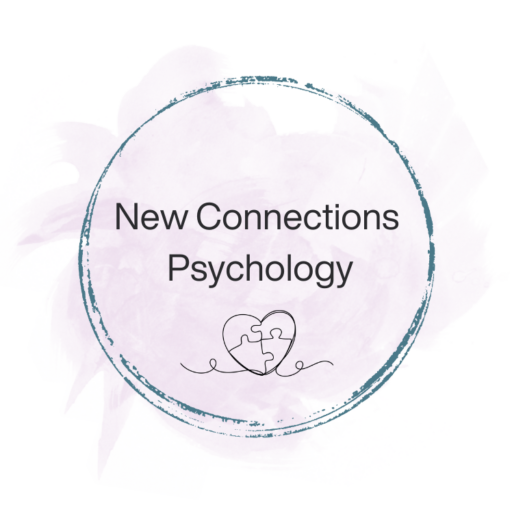Introduction
Anxiety is a common mental health condition affecting millions of people worldwide. It’s a normal and often healthy emotion. However, when a person regularly feels disproportionate levels of anxiety, it might become a significant health challenge. This blog post aims to demystify anxiety by exploring its various types, symptoms, and common misconceptions. Additionally, we’ll delve into the importance of therapy in managing anxiety effectively.
Types of Anxiety Disorders
Anxiety disorders are the most common form of emotional disorder and can affect anyone at any age. Understanding the different types of anxiety disorders is crucial for recognizing and treating this condition.
– Generalized Anxiety Disorder (GAD): This is characterized by chronic anxiety, exaggerated worry, and tension, even when there is little or nothing to provoke it.
– Panic Disorder: Individuals with this disorder have feelings of terror that strike suddenly and repeatedly without warning. Physical symptoms include chest pain, heart palpitations, shortness of breath, dizziness, or abdominal distress.
– Social Anxiety Disorder: Also known as social phobia, this involves overwhelming worry and self-consciousness about everyday social situations. The worry often centers on a fear of being judged by others, or behaving in a way that might cause embarrassment or lead to ridicule.
– Specific Phobias: These are intense fears of a specific object or situation, such as heights or flying. The level of fear is usually inappropriate to the situation and may cause the person to avoid common, everyday situations.
– Obsessive-Compulsive Disorder (OCD): OCD is characterized by recurrent, unwanted thoughts (obsessions) and/or repetitive behaviors (compulsions). Repetitive behaviors such as hand washing, counting, checking, or cleaning are often performed with the hope of preventing obsessive thoughts or making them go away.
– Post-Traumatic Stress Disorder (PTSD): PTSD is a condition that can develop following a traumatic and/or terrifying event, such as a sexual or physical assault, the unexpected death of a loved one, or a natural disaster.
Symptoms of Anxiety
The symptoms of anxiety disorders vary depending on the type of anxiety disorder, but general symptoms include:
– Feelings of panic, fear, and uneasiness
– Problems sleeping
– Cold or sweaty hands and/or feet
– Shortness of breath
– Heart palpitations
– An inability to be still and calm
– Dry mouth
– Numbness or tingling in the hands or feet
– Nausea
– Muscle tension
-Difficulty concentrating
It’s important to remember that the presence of these symptoms alone does not necessarily indicate an anxiety disorder. A healthcare professional can provide a thorough assessment to rule out any medical conditions.
Common Misconceptions about Anxiety
There are many misconceptions surrounding anxiety disorders, which can lead to stigma and misunderstanding. Here are a few:
– Misconception: Anxiety isn’t a real illness. Reality: Anxiety disorders are real, serious medical conditions that can interfere greatly with everyday functioning.
– Misconception: Anxiety is just being worried. Reality: While it’s normal to feel anxious from time to time, anxiety disorders are much more than just temporary worry or fear.
– Misconception: People with anxiety can just snap out of it. Reality: Anxiety disorders are not a choice or something people can simply “snap out of.” They can require professional care and ongoing support.
– Misconception: Medication is the only way to deal with anxiety. Reality: While medication can be used to treat anxiety, there are numerous other effective treatments available, including therapy and lifestyle changes.
The Role of Therapy in Managing Anxiety
Therapy plays a pivotal role in the treatment and management of anxiety. Therapists can help individuals understand their anxiety disorder and develop strategies to cope with symptoms. Common types of therapy for anxiety include:
-Emotion-Focused Therapy (EFT): helps treat anxiety by guiding individuals to understand and regulate their emotions. It addresses underlying emotional patterns like unacknowledged fears and past experiences, fostering healthier emotional responses and coping skills. EFT promotes emotional resilience, helping clients confront anxiety with greater confidence and control.
– Cognitive Behavioral Therapy (CBT): This is one of the most effective types of therapy for anxiety. CBT helps patients understand the thoughts and feelings that influence behaviors.
– Exposure Therapy: This involves gradually exposing patients to the object or situation that they fear, helping them overcome their anxiety.
– Group Therapy: Sharing experiences and learning from others who are facing similar challenges can be incredibly helpful.
– Mindfulness and Meditation: These practices help people focus on the present, reducing the impact of anxious thoughts about the past or future.
Therapy can be tailored to everyone’s needs and, in combination other treatments, can provide significant relief from symptoms and improve the quality of life. It is essential to seek help from a qualified mental health professional who can guide the right treatment plan.
Conclusion
Understanding the types, symptoms, and misconceptions of anxiety is key to recognizing and effectively treating this condition. It’s crucial to remember that anxiety disorders are real, treatable medical conditions. Dispelling the myths and misconceptions about anxiety can lead to more people seeking help and receiving the treatment they need.
Moreover, therapy plays a significant role in managing anxiety disorders. Whether it’s through CBT, Emotion-focused work, exposure therapy, group sessions, or mindfulness techniques, therapy offers a safe and effective way to address the root causes of anxiety, manage its symptoms, and improve overall well-being.
If you or someone you know is struggling with anxiety, remember that help is available, and recovery is possible. Seeking professional help is the first step towards managing anxiety and leading a fulfilling life.
With this comprehensive understanding of anxiety, we hope to foster a more informed and empathetic approach towards those dealing with this condition. Remember, anxiety is not a choice, but seeking help is. Don’t hesitate to reach out for professional support if you or a loved one needs it.

